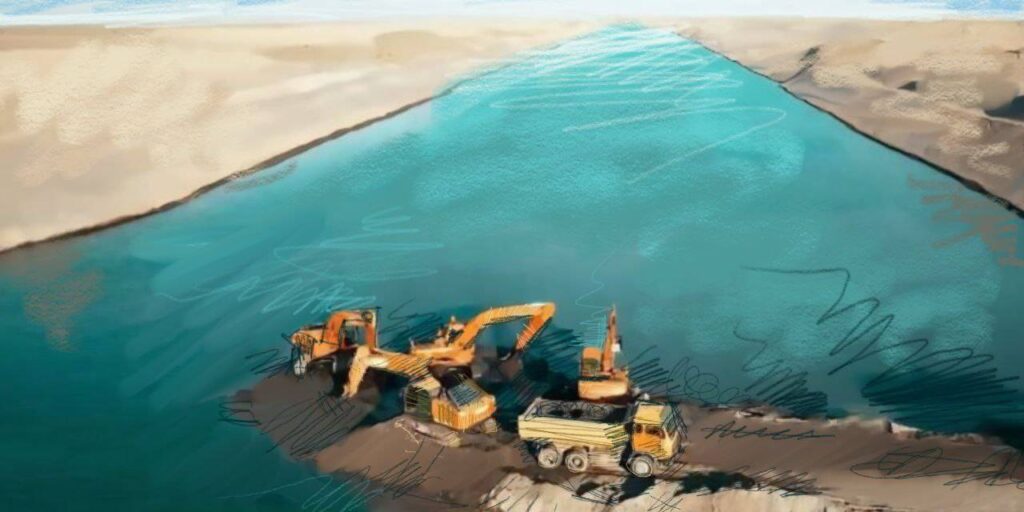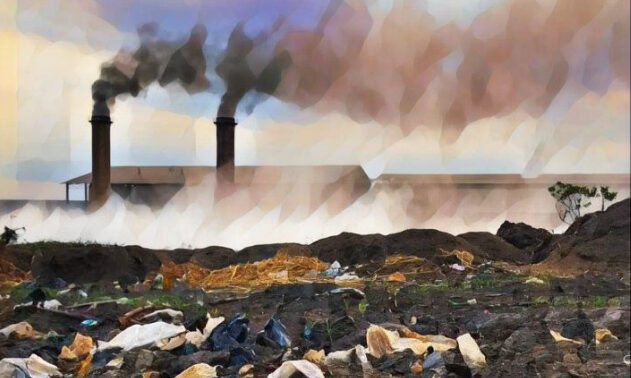Kazakhstan and World Bank Launch Second Phase to Revive Northern Aral Sea
In partnership with the World Bank, the Ministry of Water Resources and Irrigation of Kazakhstan has launched the second phase of a long-term initiative to restore the Northern Aral Sea. This stage aims to revive the region’s ecosystem and enhance the quality of life for local communities. Feasibility Study Underway Key objectives of this phase include reconstructing the Kokaral Dam and raising the sea level to 44 meters, measured using the Baltic height system. Plans also call for constructing a water control facility near the village of Amanotkel, designed to regulate water distribution within the Akshatau and Kamystybas lake systems in Kyzylorda Region’s Aral District. A technical feasibility study is expected to be completed by December 2025. Once implemented, these measures are projected to expand the Northern Aral Sea’s surface area to 3,913 square kilometers, increasing its total water volume to 34 cubic kilometers. The full refill process is anticipated to take four to five years, based on hydrological data from the Syr Darya River basin covering the period 1913-2019. Strategic Decisions on Dam Reconstruction The current conservation strategy was finalized following consultations with local authorities and water management experts. Minister of Water Resources and Irrigation Nurzhan Nurzhigitov stated that the plan reflects the region’s actual hydrological conditions and was selected for its balance of timeliness and efficacy. “We evaluated multiple implementation options. Discussions with residents and industry veterans helped guide our decision. The final plan was deemed optimal after all relevant factors were considered,” Nurzhigitov said. Sameh Wahba, the World Bank’s Regional Director for Europe and Central Asia, underscored the project’s ecological and economic significance. He confirmed that the World Bank not only funded the feasibility study but remains committed to supporting the project through its next stages. According to Wahba, the initiative is expected to create jobs and stimulate sectors such as fisheries, agriculture, and tourism. Progress Achieved in the First Phase The first phase of the rescue effort has already delivered tangible benefits. Water volume in the Northern Aral Sea has risen by 42%, reaching 27 billion cubic meters, while salinity has dropped nearly fourfold. Annual fish yields have climbed to 8,000 tons. In 2024 alone, a record 2.6 billion cubic meters of water were channeled into the sea, with 1 billion cubic meters allocated for irrigation. Beyond water volume and quality, the project aims to revitalize the Syr Darya River delta, curb salt deposition, and bolster the fishing industry. Employment opportunities and improved living conditions for local populations are also key targets. Long-Term Threats to Water Security The sustainability of these efforts may be challenged by regional developments. During the international conference “Water Security and Transboundary Water Use: Challenges and Solutions” in Astana, Kazakhstan’s Deputy Minister of Water Resources and Irrigation, Aslan Abdraimov, warned of the potential impact of Afghanistan’s Kosh-Tepa Canal on Central Asian water systems. Despite the absence of a direct border between Kazakhstan and Afghanistan, Abdraimov stated that the canal could eventually reduce the flow of the Syr Darya River. “No sharp fluctuations...






